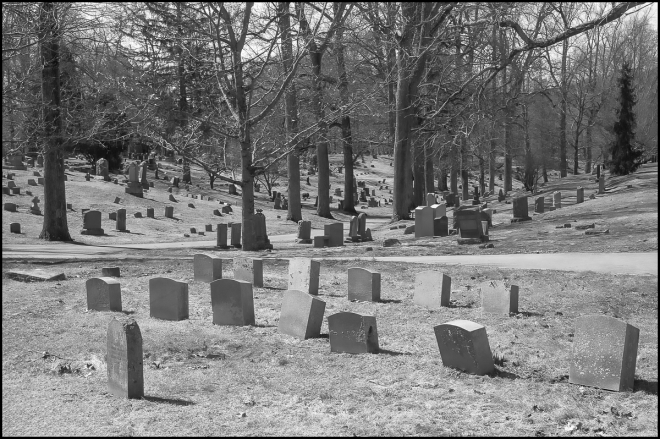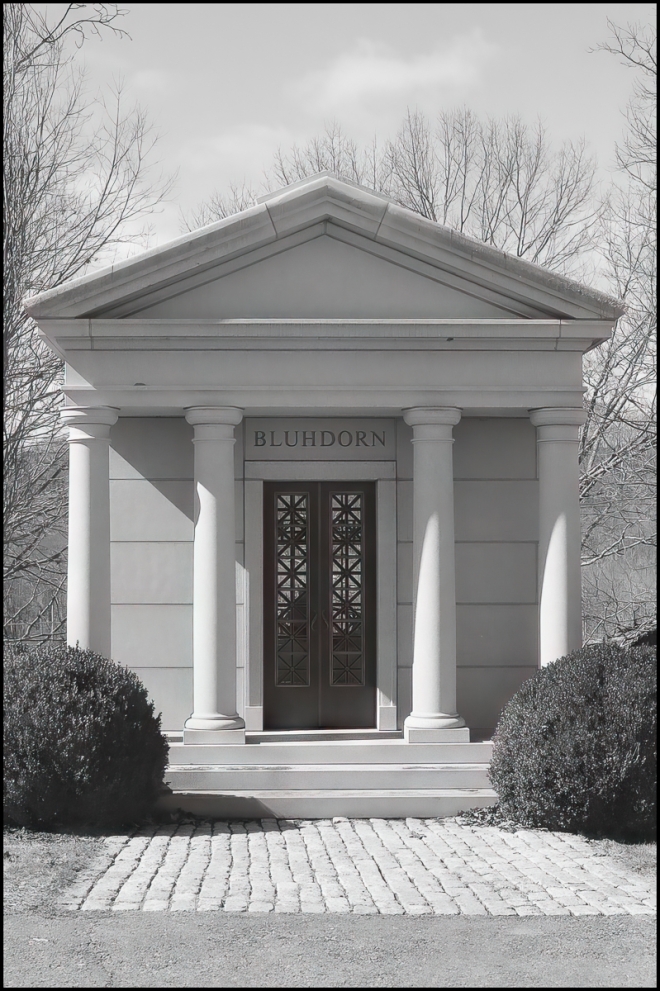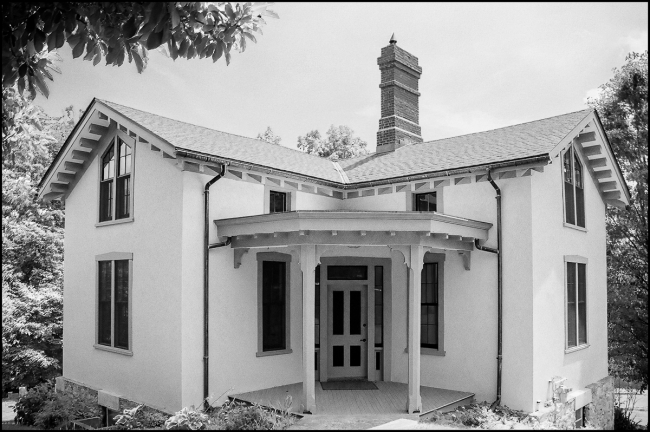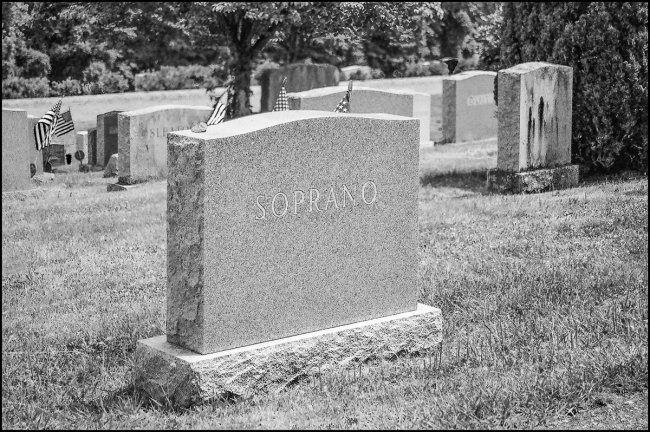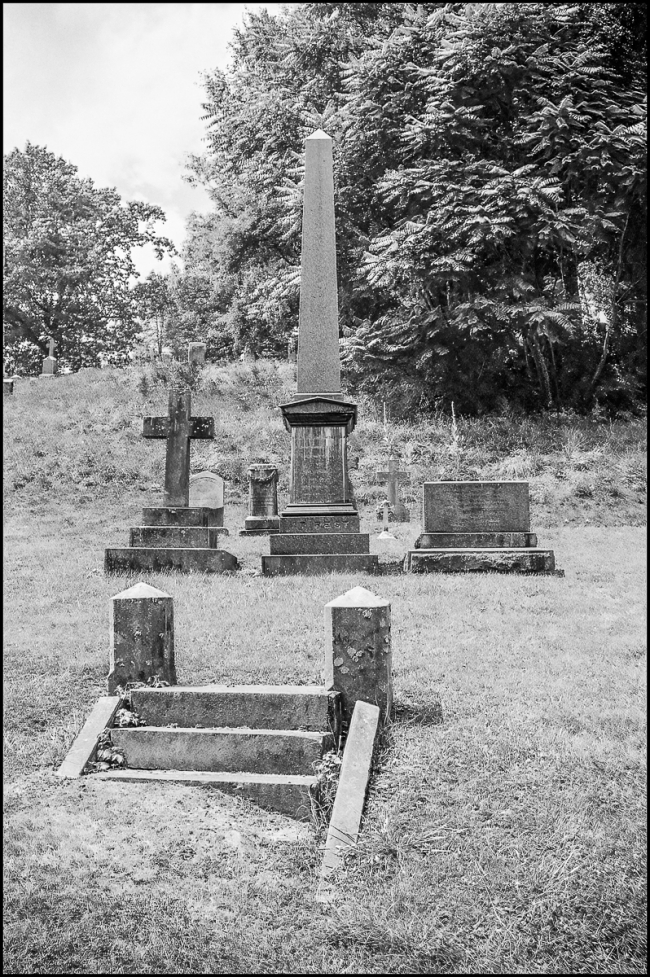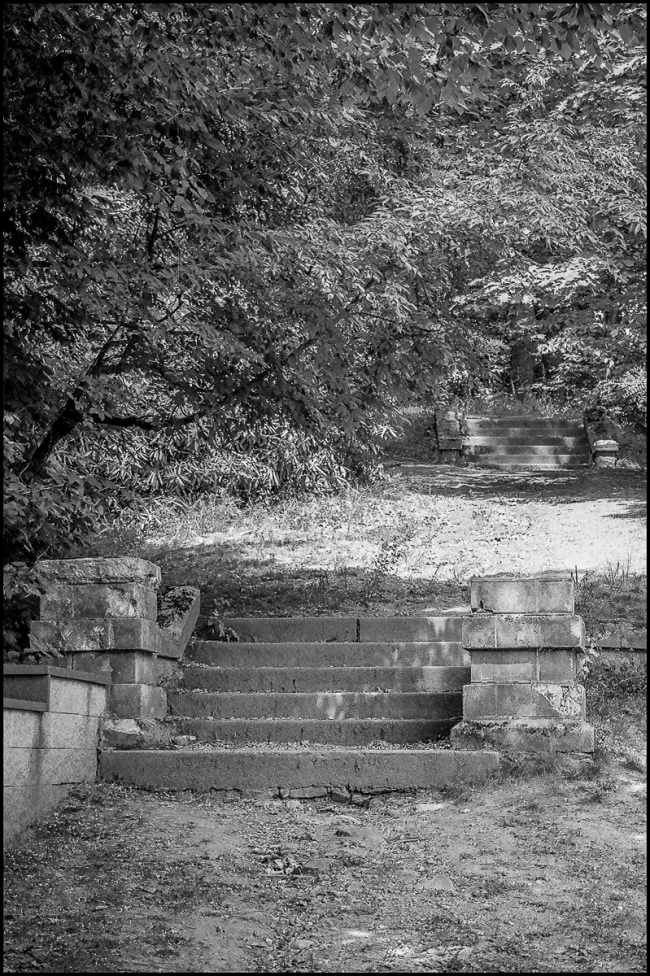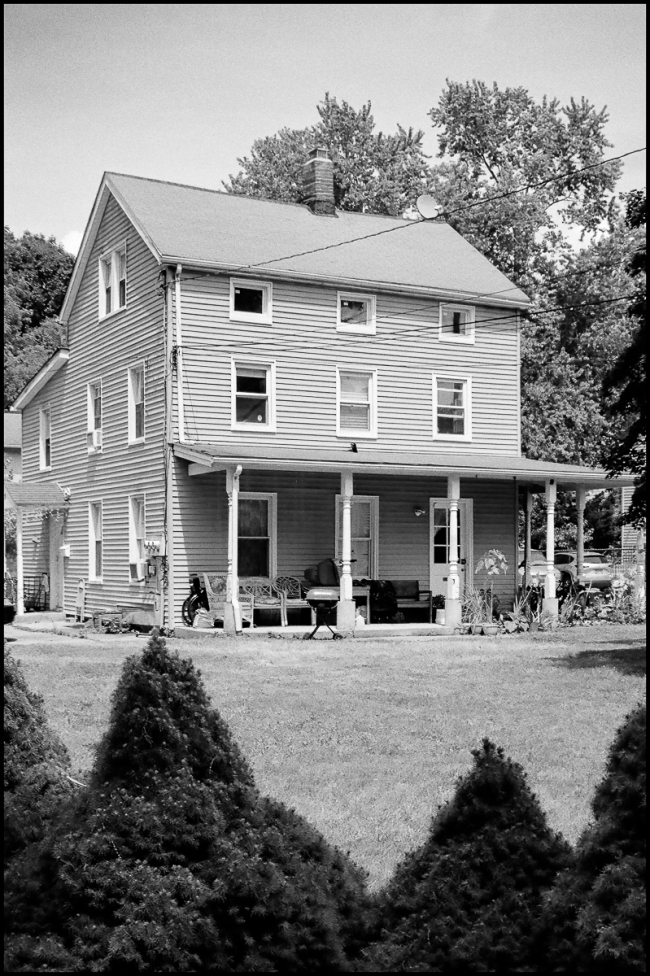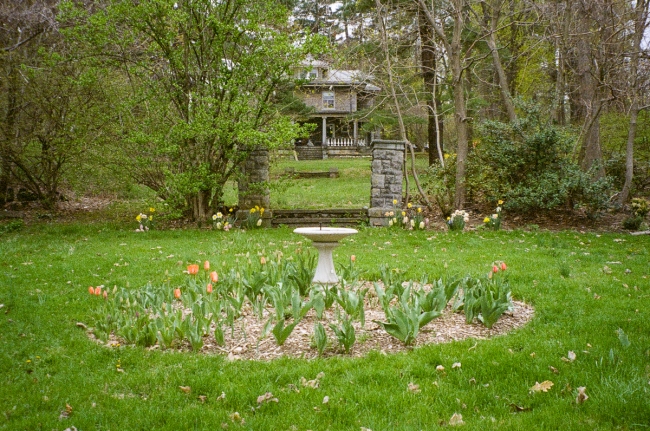A fellow resident of Briarcliff Manor recently gave me box and a suitcase full of old cameras (but that’s a story for a future post). I decided to take one out to see if it was working. But where to go? Anyone who reads these posts will know that I’m fascinated by cemeteries. My friend and colleague at the Briarcliff Manor-Scarborough Historical Society, Karen told me that she’d recently been in nearby Mount Kisco and had spotted some cemeteries. So I decided to go and check them out.
There are actually two cemeteries right next to each other. St. Francis Cemetery (the subject of a future post) and this one, Oakwood Cemetery.
According to Patrick Raftery:
The Oakwood Cemetery in Mount Kisco is located on the East side of Lexington Avenue opposite the intersection of Moor Avenue. It has been active since 1872. From 1872-1883 its official name was Locust Hill Cemetery.
Oakwood Cemetery was mentioned briefly by Joseph Barrett in Scharf’s History of Westchester County, New York: “Oakwood Cemetery, a very beautiful tract of land of fifty-five acres, is in the Village of Mount Kisco. It was laid out by Mr. Chauncey Smith, then the owner of the land, and given the name of Locust Hill about 1872. It was incorporated January 9, 1883 by its present name.”
The first burial in the cemetery “was that of a little girl, the daughter of Mr. Martin Hubbell.” According to the New Castle Town Historian, Chauncey Smith was a real estate entrepreneur who developed land he owned on the east side of Lexington Avenue into a residential neighborhood, while converting his property on the west side of that street into a cemetery. The cemetery had been in operation for barely four years when the “panic of 1876 forced Smith into bankruptcy,” a situation which jeopardized the future of the burial ground. The cemetery was reorganized on November 21, 1882, when “nine local citizens (including some of the original plot owners) for a new corporation…to own and operate the cemetery.” The new corporation changed the name of the burial ground to Oakwood Cemetery, “planted 100 oak trees to validate the name” and offered plots for sale ranging from $25 to $350 per lot. At the present time (Note: this is from a volume printed in 2011), the management of Oakwood Cemetery is planning the construction of a new Mausoleum/columbarium to provide alternatives to the traditional method of in-ground burials. (Patrick Raftery, “The Cemeteries of Westchester County, Volume II“. Westchester Historical Society, 2011.)
“This advertisement (see below) for Oakwood Cemetery appeared in ‘Sketches and Views of the Old and New Villages of Katonah, N.Y’., a booklet that was published in August 1900. The ad targeted Katonah residents who were required to to remove the interments of the relatives from Whitlockville Cemetery as a result of the expansion of the Croton Reservoir.” (Patrick Raftery, “The Cemeteries of Westchester County, Volume II“. Westchester Historical Society, 2011.)
Taken with a Canon EOS Elan and Canon EF 35-70mm f3.5-4.5




